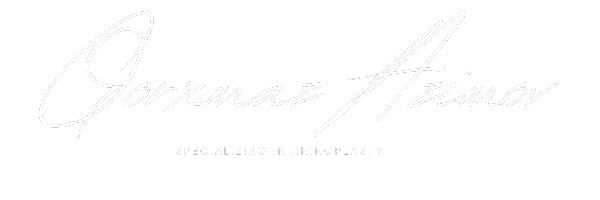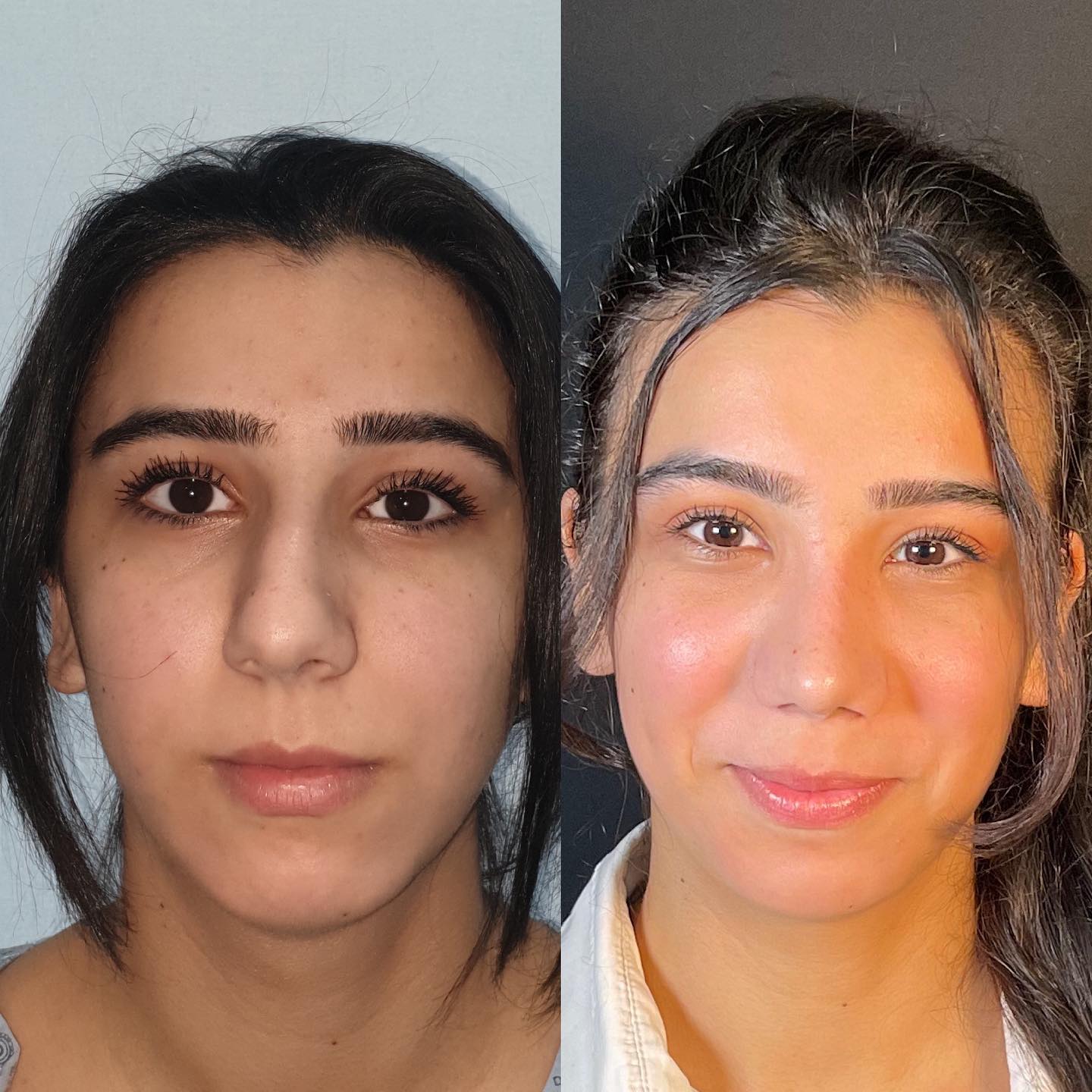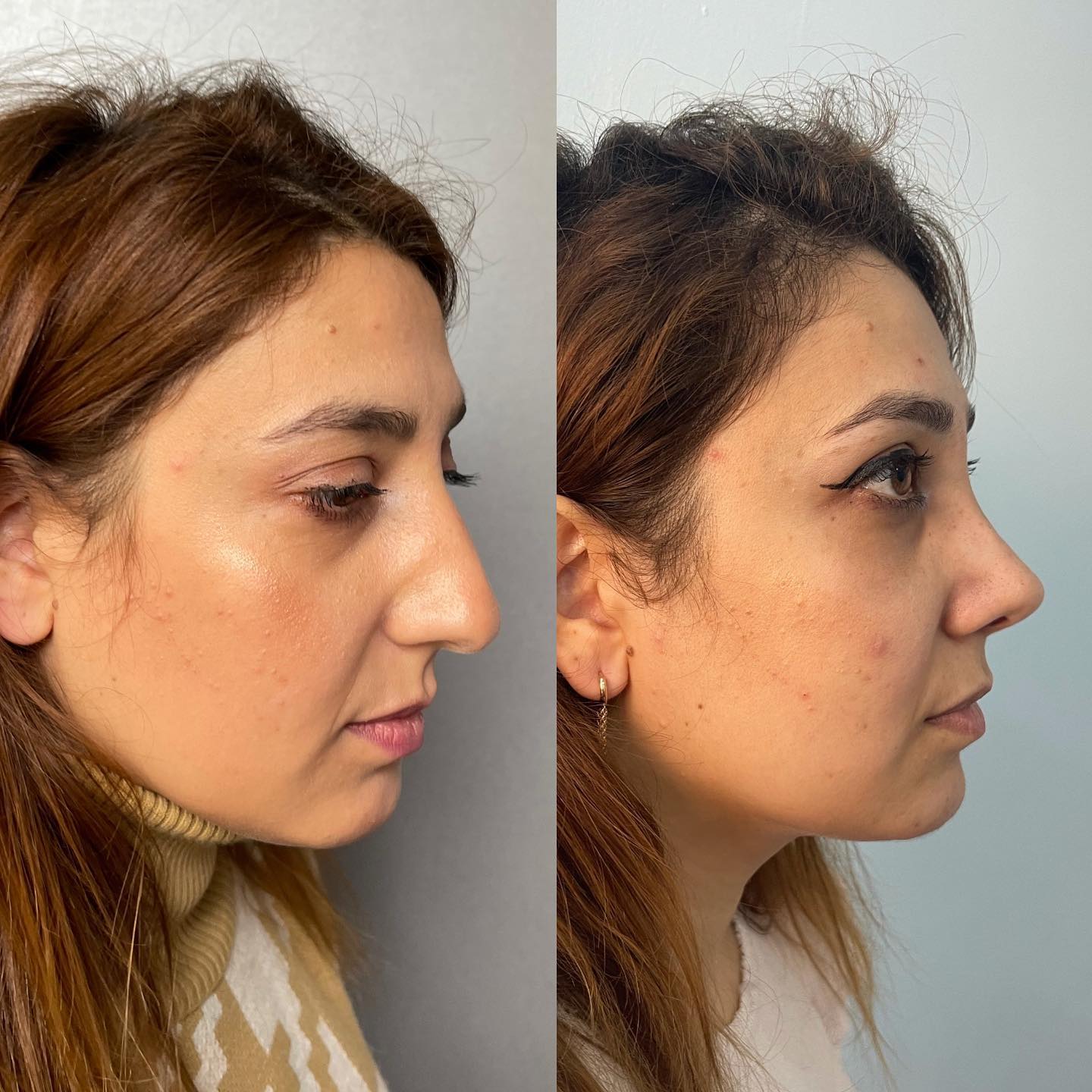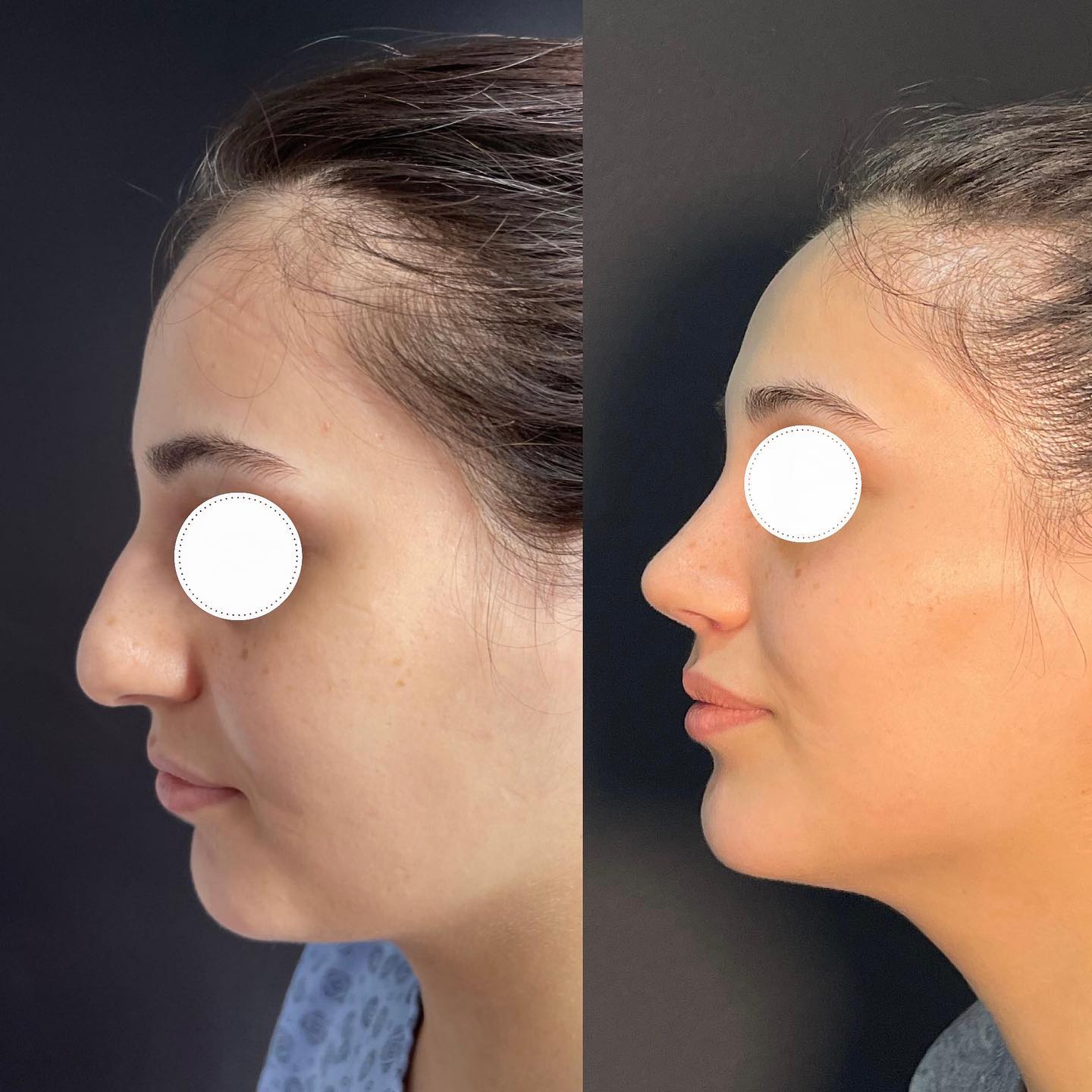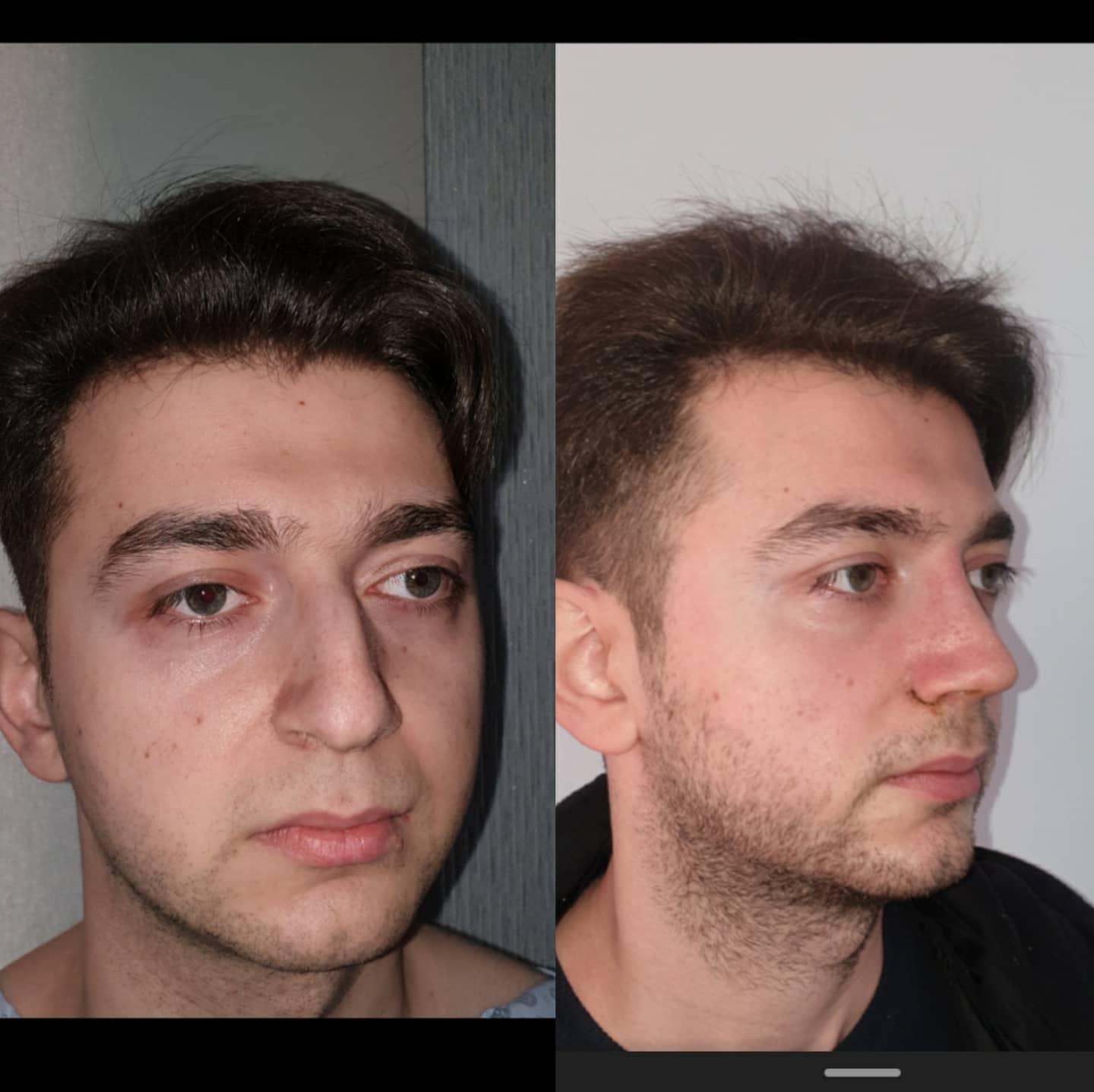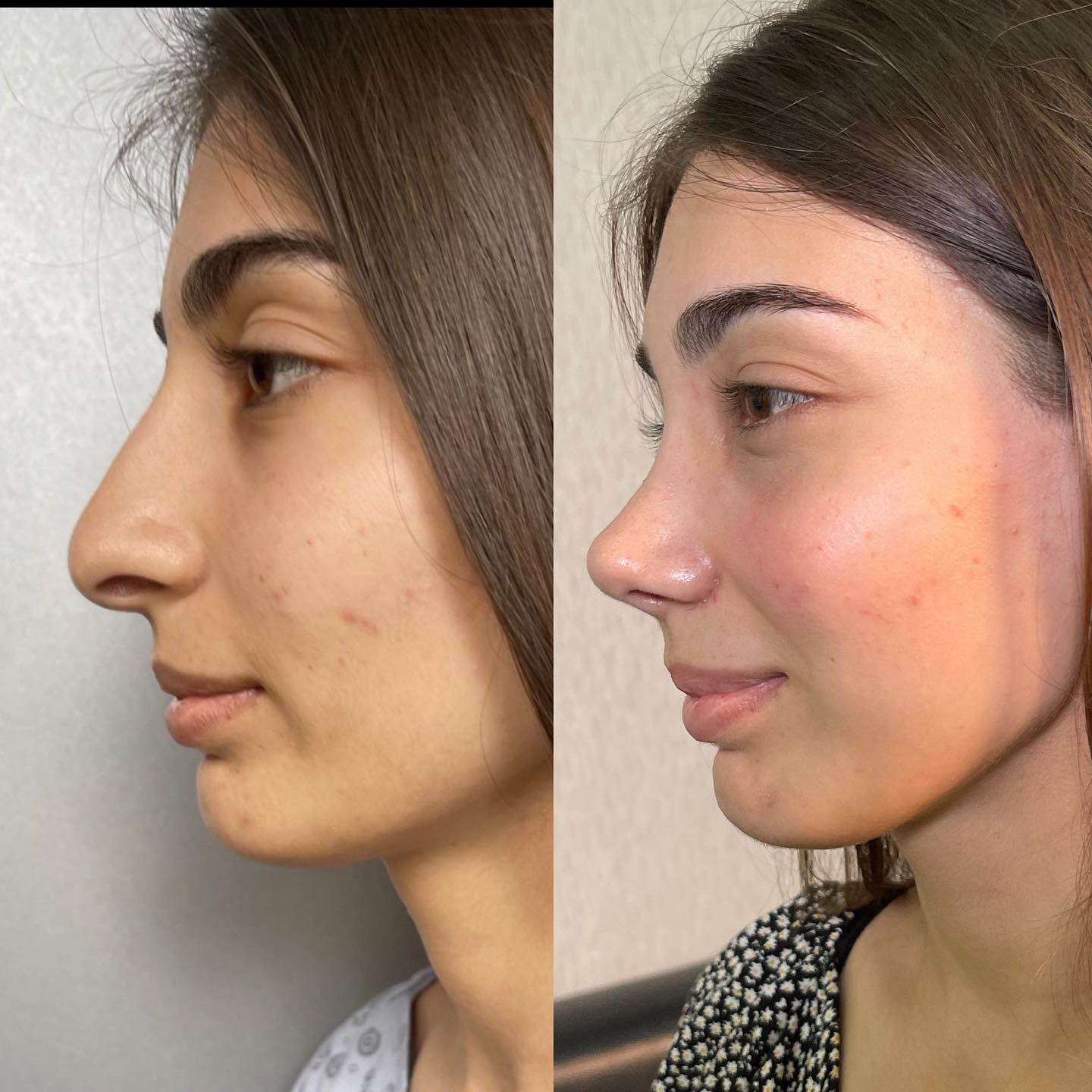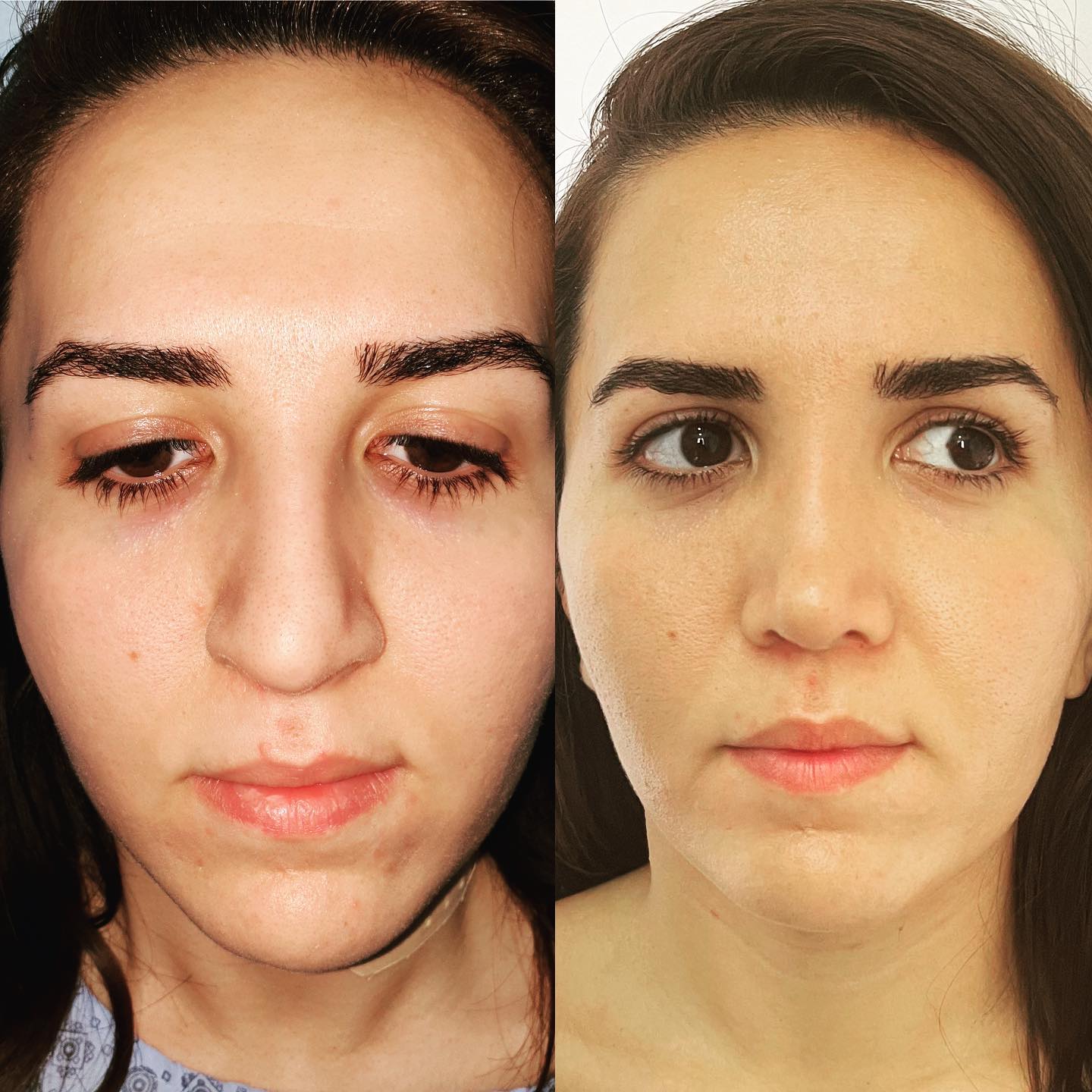
Achieve a beautifully natural-looking nose with dorsal preservation rhinoplasty, a technique that provides numerous benefits for a refined and harmonious result.
jhgdjgdjhgdhjgdjdg

Natural-Looking Results
By maintaining the natural contours of your nose, you achieve a harmonious, balanced appearance without the risk of an “overdone” or artificial look.

Less Trauma, Faster Recovery:
Dorsal preservation rhinoplasty causes less tissue disruption, leading to reduced swelling, bruising, and a quicker recovery compared to conventional methods.

Preserved Structure and Function
Unlike bones, cartilage does not reconnect once cut. Dorsal preservation avoids unnecessary cartilage cutting, ensuring your nose retains its natural strength and support.

Long-Lasting, Predictable Outcomes:
With this technique, results are more stable and predictable, often minimizing the need for revision surgeries.
Here are some commonly used techinques in rhinoplasty
Open Rhinoplasty
Open rhinoplasty involves making a small incision on the columella (the strip of tissue between the nostrils) to lift the skin and fully expose the nasal framework. This provides the surgeon with direct access to the bone and cartilage, making it easier to perform complex reshaping or reconstructive procedures, such as correcting severe deformities or performing revision surgeries. While this method leaves a small external scar, it usually fades and becomes barely noticeable after healing.
Closed Rhinoplasty:
Closed rhinoplasty involves making incisions inside the nostrils, resulting in no visible external scars. This technique is generally used for simpler procedures where the surgeon does not need full access to the nasal structures. The primary advantage of closed rhinoplasty is the absence of an external scar on the columella.
TIP Rhinoplasty
Nasal tip refinement, or “tip rhinoplasty,” focuses solely on reshaping, reducing, or refining the nasal tip without affecting other parts of the nose, like the bridge or nostrils. It’s ideal for those who want to enhance a bulbous, asymmetric, or over-projected tip while preserving the rest of their nose. The goal is to achieve a more refined nasal tip that blends seamlessly with your overall features, without altering the unique character of your nose.
Ultrasonic Rhinoplasty:
Ultrasonic rhinoplasty uses high-frequency sound waves to precisely reshape the nasal bones without manually breaking them, as is common in traditional rhinoplasty. Despite the availability of many new devices and tools, ultrasonic rhinoplasty has gained particular popularity among patients due to its precision and less invasive nature. However, it requires full exposure of the nose during surgery, which can slightly extend the duration of the procedure.

Dr. Gorkhmaz Azimov
World-Renowned Specializing in Rhinoplasty
Azimov Gorkhmaz Vahid oglu
Date of birth 15.07.1974, Vandam village, Gabala district, Azerbaijan.
He received his primary education at the secondary school No. 1 in the village of Vandam, then at the Republican Lyceum No. 5 in Baku with a chemical and biological bias.
In 1991, he entered the AMU named after N. Narimanov.
Nose surgery is a very familiar area for Dr. Gorkhmaz, as he personally underwent nose surgery 3 times. (For the first time – in 1991, “hammer, tampon” with local anesthesia, and for the last time-in 2016, repeated surgery for a rib fracture).
That is why, after graduating from the institute, he decided to specialize as an ENT doctor at the Sechenov Moscow State Medical Academy, choosing to solve the problems of rhinoplasty and nasal breathing.
He took part in specialized courses and conferences organized by the most experienced doctors in various countries on rhinoplasty.
His motto is: “A natural and healthy nose with a shape at will”.
unique method
Dorsal preservation
The process of rhinoplasty surgery can be divided into 2 stages:
- First, the cartilage in the conical section is given a shape, while the tip of the nose is raised, thinned, and the nose is shortened.
* In about 3% of cases in the postoperative periods, the curvature of this part can be caused by various reasons, and in this case, a small intervention may be necessary (upon application of all methods). At the second stage, the spinal part of the nose is lowered. This is done in 2 ways.
In traditional methods (fig.1) by cutting out the spinal part of the nose, a beautiful lateral appearance is given, and then the wide-oval nasal bones are cut into wider parts and come closer, as a result of which the lumbar part of the nose becomes thinner.
This type of incision of the spine is the main cause of serious problems (>10%) that occur after operations on the nose (since the cut cartilages do not connect to each other).
Such problems include breathing problems associated with the nasal valve (sniffing, snoring), various deformities of the spine (sagging, curvature, etc.).
Treatment in such cases is exclusively repeated surgery on the nose.
Unfortunately, in some cases, this is a difficult operation that requires the removal of protruding cartilage.
But if the anatomy of the spinal part is preserved during the operation (fig.2), then such problems will not bother you, since the anatomy of the nose will remain in its natural form, and, of course, the healing time will take a very short period.In operated patients, during the operation, you can manually check whether the spine is preserved. The sensations, softness, smoothness when touched should be the same as with an unoperated nose, even after 1 month.



